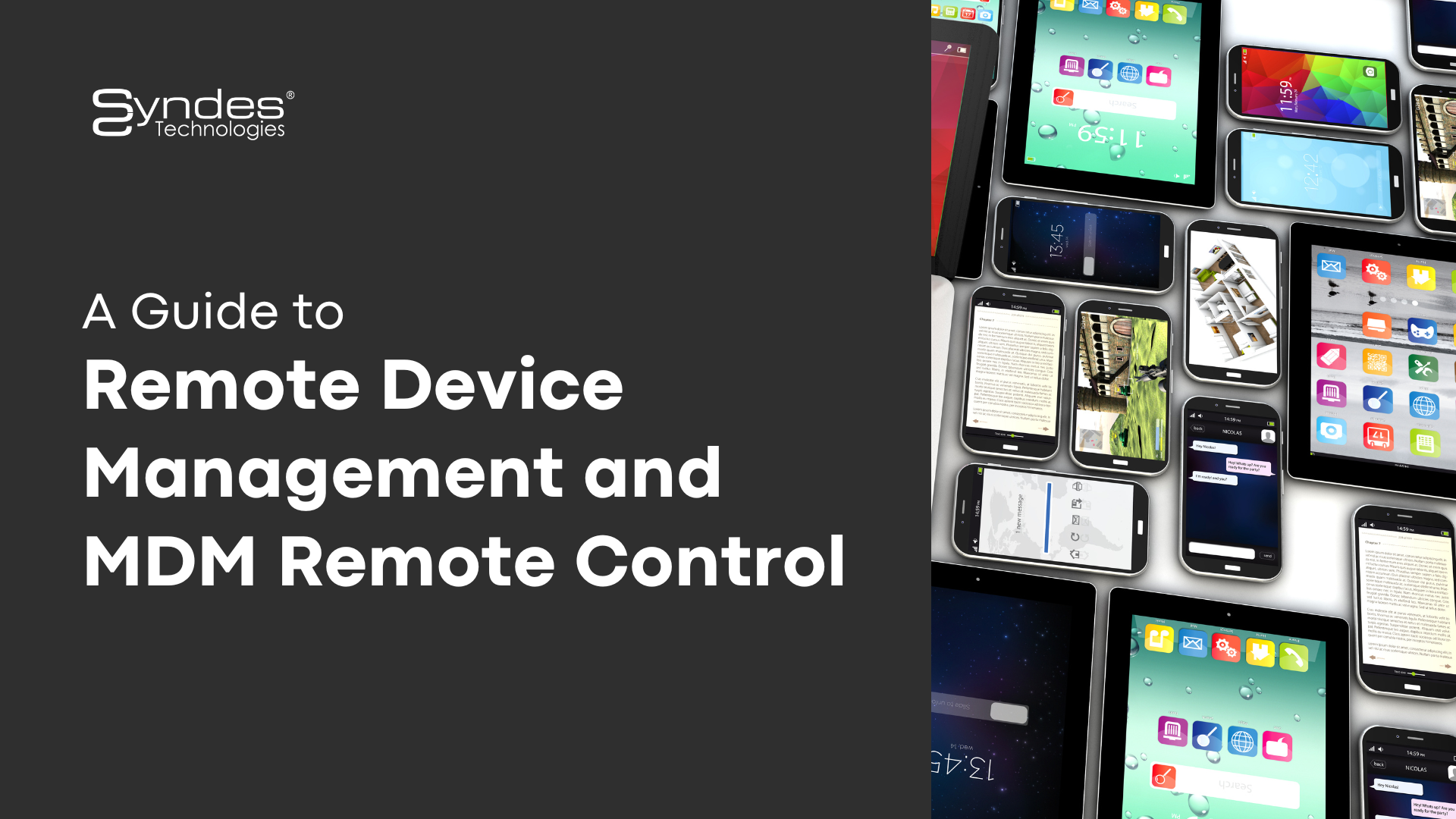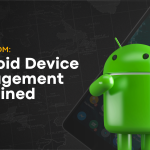
A Guide to Remote Device Management and Mobile Device Management Remote Control
Remote device management is a complex topic with different requirements for each individual. Choosing a remote device management solution can be challenging due to the lack of resources explaining the differences between these solutions.
Understanding the Difference: Remote Access and Remote Control
Before diving into remote device management, it is important to understand key terms. Remote access allows you to see what’s happening on a device without the ability to interact with it, while remote control allows you to see and control the device remotely. The choice between remote control and remote access depends on the specific needs of your remote device management. Remote control allows you to take control of the device, replicate issues, transfer files, record the screen, retrieve logs, and more. Remote access, on the other hand, allows you to see the device’s screen for monitoring purposes. It is ideal for troubleshooting and identifying user errors versus technical issues.
Understanding Remote Monitoring
Remote monitoring is typically used by people looking to spy on another Android device. While there may be legitimate reasons for this, most monitoring tools invade privacy and may contain ads or malicious code. It is important to avoid these “Android monitoring” apps. Remote device management refers to the ability to centrally manage and control devices like tablets, kiosks, or POS systems from a remote location. This software enables remote configuration, monitoring, application management, and troubleshooting without physical access to the devices.
Evaluating the True Cost of Device Management
When shopping for a remote device management platform, it is important to consider the cost. The cost of these tools is usually measured in price per device per month, ranging from $3 to $9 per device. However, the advertised cost does not reflect the full operational cost, which includes the time it takes to set up and support the solution. The features and functionality offered by each solution vary, so it is important to consider scalability and suitability to purpose.
There are several red flags to watch out for when evaluating a remote device management solution. Limited hardware support, hardware and management bundled together, vague commitments on remote features, price-focused solutions, and gaps in supporting dedicated devices are all potential red flags.
To choose the right remote device management tools, it is important to familiarize oneself with the terminology and vocabulary, consider the cost and compatibility, evaluate the security features, and send a request for a proposal to potential vendors.
Remote device management can be safe if used from a trustworthy source. Remote viewing and control are secure ways to interact with devices over the web. However, it’s important to be cautious of remote desktop tools that offer only remote functionality.
In SYNDES TECHNOLOGIES Your Security Is Our Priority.
Related posts
Sorry, the comment form is closed at this time.






